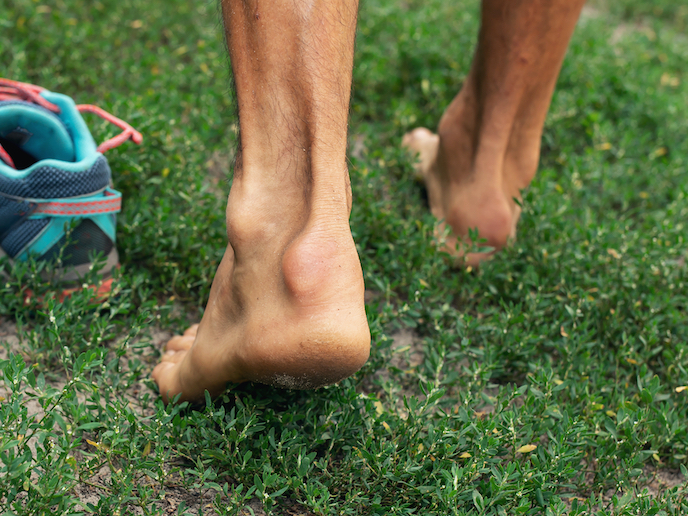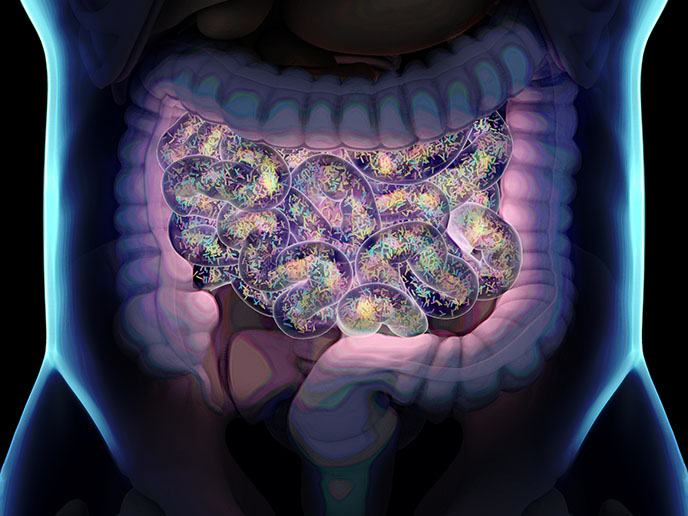High cholesterol and tendon health – what’s the relationship?
It is well known that high cholesterol can cause serious health issues such as heart attacks and strokes. What’s not so well known is that it can also cause problems with the tendons. “Just as the low-density lipoprotein, or LDL, builds up in blood vessels, this same type of cholesterol can accumulate in the tendons,” explains Charlie Waugh, a Marie Skłodowska-Curie Actions research fellow(opens in new window) at the University of British Columbia(opens in new window) and Queen Mary University of London(opens in new window). Left unchecked, high cholesterol can eventually cause a condition called tendon xanthomas. “These build-ups can result in pain, restrict mobility, or even cause the tendon to rupture,” adds Waugh. With the support of the EU-funded THaCH project(opens in new window), Waugh is working to better understand the relationship between tendon health and inherited high cholesterol. “Although we know that there is a link between high cholesterol and tendon injury, we don’t know the reasons for this association,” she says. “Our aim is to enhance our understanding of how high cholesterol impacts tendon health, healing and function.”
Lipids and tendon health
The project conducted its experiments using everything from cells to models to humans. “Our original plan was to use human tissue left over from tendon surgery, but we quickly found this to be unsuitable for examining the questions we had,” remarks Waugh. “We ran into the same issue with cadaveric material, which was our backup plan.” Instead, researchers replaced human tissue with a genetically modified rat model, which allowed them to simulate familial hypercholesterolaemia (FH), better known as the high cholesterol one inherits from the family gene pool. What they found is that tendon health is impacted both physiologically and biomechanically by the presence of lipids. For example, one key finding was that the tendons of high-cholesterol rats healed differently than those of low-cholesterol rats. “We demonstrated that tendon cells in high-cholesterol environments behave differently, exhibiting inferior wound healing characteristics and expressing a different pattern of genes in the inflammatory and repair processes,” says Waugh. Researchers also discovered that strains in the Achilles sub-tendon matrix were significantly higher in high-cholesterol rats, which could indicate a higher risk of strain-related injury. Furthermore, they found that people with FH demonstrate different Achilles’ tendon biomechanics while walking, hinting at a reduced efficiency that may put them at a higher risk of injury.
Improving diagnosis
The project also made progress on the diagnosis side of the equation. According to Waugh, even though FH affects about 1 in 250 people, only 1 in 10 are aware of their condition. “Unfortunately, xanthomas are all-too-often misdiagnosed as other common tendon issues, which can delay the start of potentially life-saving lipid-lowering therapy,” she notes. “We found certain MRI sequences could differentiate tendon xanthoma from tendinopathy and could be used clinically to accurately diagnose the condition.” While the project itself is officially over, work continues. Not only is Waugh further analysing data and publishing results, but she’s also taking some of THaCH’s work one step further. “Now that we know that people with familial hypercholesterolaemia demonstrate different tendon behaviour during walking, we want to know how the condition affects higher-impact activities like running,” she concludes.







